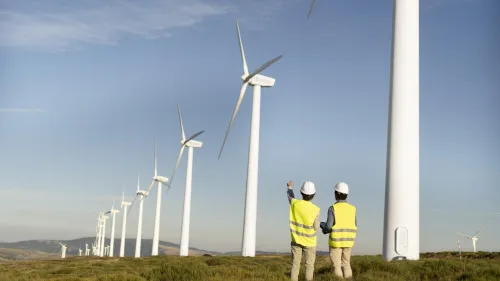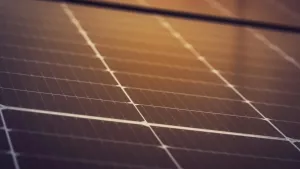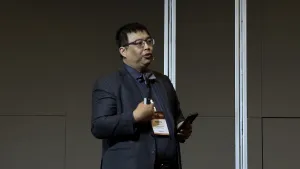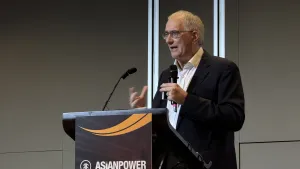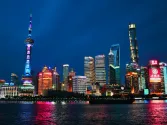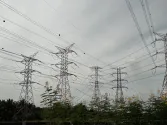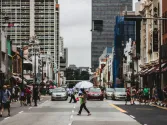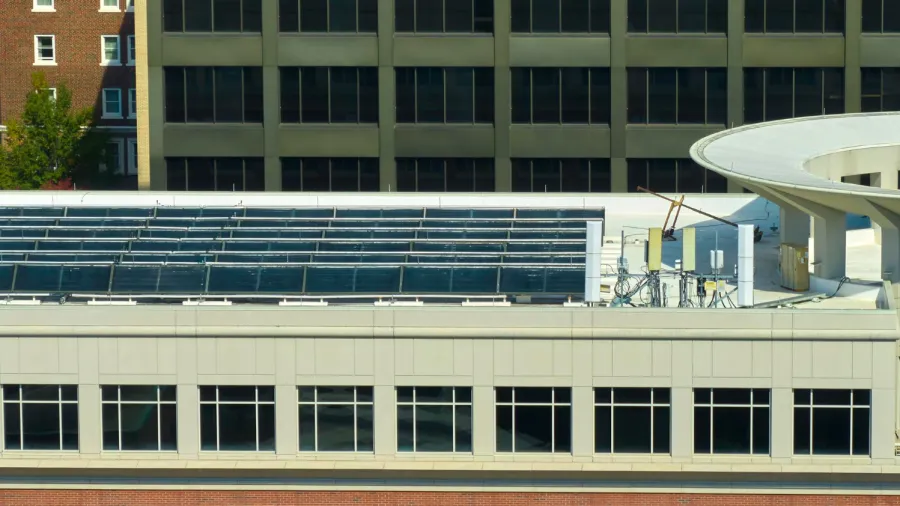
Microclimate retrofitting could be Singapore’s next big sustainability play
By Jeremy OngSometimes the cleanest energy solutions aren’t the most visible – they are quite literally over our heads.
Singapore has always been at the forefront of sustainable urban innovation, and its recent commitment by the Monetary Authority of Singapore to deploy $500m (S$646m) through the Financing Asia’s Transition Partnership (Fast-P) underscores its leadership in accelerating clean energy infrastructure development across the region.
But as it looks outward, there’s equal value in looking within at how existing infrastructure such as its extensive network of sheltered walkways can be reimagined to support a more decentralised, resilient energy future.
Whilst primarily designed for pedestrian comfort and connectivity, these recognisable structures span hundreds of kilometres and remain largely untapped in the context of Singapore’s clean energy goals. With smart retrofitting, they can become a key contributor to the country’s distributed solar energy future and even serve as a blueprint that could be adapted across Asia’s rapidly urbanising, climate-vulnerable cities.
Reframing passive urban assets as efficient microclimate infrastructures
The idea of reimagining urban infrastructure as climate infrastructure is not new. Green roofs, vertical gardens, and solar rooftops have all become part of regular sustainability commentaries. What’s emerging now is the need to extend this mindset to more everyday structures – to see whether they can be adapted to produce tangible environmental value, without compromising their original purpose.
Notably, sheltered walkways, which already serve the functional purpose of shielding pedestrians from the elements, offer long, linear surfaces that are widely distributed.
Photovoltaic (PV) technology is proven and increasingly adaptable to urban use, but there is room to better utilise what’s already available. With targeted PV panel retrofitting, these walkways could be transformed into decentralised solar nodes that serve both people and the power grid.
Car ports as a promising proof-of-concept
In one case, retrofitted car ports, which are similar to the wider sheltered walkway network, were able to demonstrate practical solar output.
In the pilot implementations, a single standard parking space (4.8m x 2.4m) fitted with PV panels can generate approximately 180kWh per month, equivalent to powering roughly a quarter of the monthly electricity consumption of a typical HDB household.
Whilst modest in isolation, the broader takeaway is clear: these small, underused surfaces can generate measurable returns, and the opportunity to scale this thinking across Singapore’s network of sheltered infrastructure is there. With Singapore’s goal for solar to meet 10% of its projected electricity demand in 2050, these adjustments will go a long way to help achieve this target.
Overcoming infrastructure constraints is key
Naturally, widespread adoption of microclimate retrofitting is not without its challenges.
Unlike rooftops or purpose-built facilities, sheltered walkways and similar structures are often from existing power and utility systems. Pavements typically lack embedded cabling, and surrounding trees or buildings can cast shadows that reduce solar efficiency.
However, such limitations are not entirely deal-breakers.
For instance, a potential workaround is to connect retrofitted PV systems to existing roadside infrastructure, such as streetlamp networks, which are already powered and spatially aligned with many walkway segments. This could serve as a pragmatic interim solution, particularly for precinct-level pilots where full grid integration may be cost-prohibitive.
Encouragingly, policies are moving in the right direction.
In Singapore, recent adjustments to the fire code by the Singapore Civil Defence Force have also made it more feasible to integrate renewable technologies into public-facing infrastructure, so long as safety and structural guidelines are met. Planning agencies are also increasingly open to climate-resilient design, creating a favourable environment for innovation.
Why ‘micro’ is a major deal
In land-constrained Singapore, micro-installations embedded within existing infrastructure offer an effective way to layer clean energy generation into the city without altering its urban form.
These small-scale systems can help decentralise power production, reduce transmission losses, and improve resilience by bringing generation closer to consumption. Crucially, this low-footprint approach complements with grid-scale solar and adds capacity without demanding additional land space.
Beyond Singapore, the potential is even greater. Southeast Asian first-tier cities like Jakarta, Manila, and Ho Chi Minh City face similar challenges: dense urban cores, rising energy demand, and networks of passive shade and shelter structures.
The concept therefore offers a replicable, scalable pathway that can be applied quickly and flexibly, and be tailored to local constraints.
In this context, this transition is as much about perspective as it is about technology. It’s about reassessing the value of what we’ve already built. Covered walkways, from pedestrian shelters to car ports, are everyday structures with untapped energy potential.
Singapore, with its density, planning foresight, and culture of experimentation, is uniquely positioned to lead this rethinking. If it succeeds, it could ultimately offer a blueprint for how Asia’s cities adapt their infrastructure for a low-carbon future.
Sometimes the cleanest energy solutions aren’t the most visible – they are quite literally over our heads.

